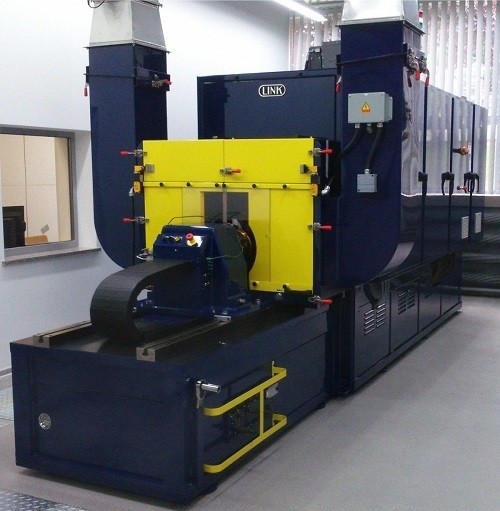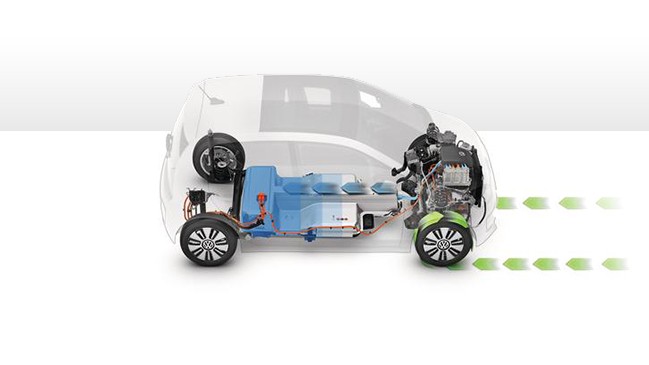Administration of the project
Regenerative Brakes and Tribology
Brakes are essential components in today’s mobile society. Today, most vehicles incorporate a combination of frictional and regenerative brakes.
Frictional Brakes
![C:\Users\Melanie\AppData\Local\Microsoft\Windows\INetCache\IE\HWU4P4BJ\1200px-Disk_brake_dsc03682[1].jpg](https://www.tribonet.org/wp-content/uploads/2019/06/c-users-melanie-appdata-local-microsoft-windows-i-3.jpeg)
Frictional brakes are typically hydraulic, utilizing hydraulic fluid take the pressure from the brake pedal to the brake shoe in order to stop the vehicle. Three typical frictional brakes exist in today’s vehicles.
The first is the disc brake, which works by the pad pressing against the brake disc and are typically found on the front two wheels of the vehicle. Next is the drum brake, which consists of a hollow drum, turning within the wheel. However, drum brakes are rarely seen in newer vehicles as their only advantage over disc brakes is their low production cost. Last is the handbrake which activates the two rear brakes, but in a less forceful and effective manner. Friction coefficient developed in the contact between the break pads and the brake disc or drum are the most important characteristics of the system.
Regenerative Brakes
![C:\Users\Melanie\AppData\Local\Microsoft\Windows\INetCache\IE\3KSJXYN2\220px-KERS_flywheel[1].jpg](https://www.tribonet.org/wp-content/uploads/2019/06/c-users-melanie-appdata-local-microsoft-windows-i-4.jpeg)
While frictional brakes work effectively in stopping a vehicle, they also generate a great deal of wasted heat or energy. As sustaining our environment becomes increasingly important in our society regenerative brakes come to the forefront.
Regenerative brakes are different from frictional brakes in that the electric motor runs in reverse when the driver steps on the brake. The vehicle slows down and, at the same time, electricity is generated and stored in the battery for reuse. With traditional braking systems, this energy is lost as heat.
Most energy is lost during stop-and-go driving, which is where regenerative brakes are the most effective. During the course of stop-and-go driving up to 80% of energy can be lost as heat and regenerative brakes can often retain almost half of that lost energy, resulting in improved fuel efficiency.
Working Together
These two braking systems work best in tandem. Regenerative brakes reduce lost energy, but are not designed to be the sole braking system in a vehicle. Their effectiveness is limited at lower speed and they simply are not able to bring a vehicle to a sudden stop. They also cannot be used as a handbrake to prevent a parked car from rolling down the hill. Lastly, two-wheel drive vehicles do not have drive motors on all four wheels; therefore, regenerative brakes cannot be utilized on the other two wheels of the vehicle.
Working together, traditional or frictional brakes provide the safety factor of allowing for sudden stops while regenerative brakes reduce brake temperatures, pressures, and the number of times frictional brakes need to be utilized.
Utilizing Regenerative Brakes Requires Additional Changes
As the vehicle employs the frictional brakes less often, brake dust and emission will decrease but the build up of a stable transfer layer, necessary for achieving full torque, is reduced.
Brake dynamometer testing is a traditional way to measure the performance of brake systems in a controlled environment. This testing requires modification to adjust to the new norm of combined frictional and regenerative brakes. Specifically, tests require adjusting in order to include testing at lower temperatures and different braking profiles. New dynamometers need to be capable of reproducing the combined effects of both braking systems.
The full-scale dynamometer testing however is expensive and time-consuming, limiting the possibilities to research new ideas in break system development. To perform a test using the dynamometer, the tested samples must be manufactured in the exact size and shape of a final breaking system. It is not therefore cost efficient, not mentioning that it is not always possible for new materials.
The full-scale dynamometer testing rig is shown in the figure below:

Making the test procedure easier is possible on a small scale using tribometers. This way saves time and financial resources, and allows early materials ranking, wihtout the need of full-scale component evaluation. Another advantage of this approach is the ability to control precisely the key parameters, such as sliding speed, temperature and humidity. Parameters to measure are friction, wear and vibration. A video of a break pads testing using a tribometer is shown below.
Looking Into the Future
Current research points to combining frictional and regenerative brakes to minimize energy loss and maximize effectiveness. As regenerative brakes continue to evolve, frictional brakes may one day become obsolete, a true positive for our ever-suffering environment.
A great article on the topic can also be found in an article of TLT: “Regenerative Brakes on the Go” (http://www.stle.org/files/TLTArchives/2018/09_September/Feature.aspx).



Be the first to comment